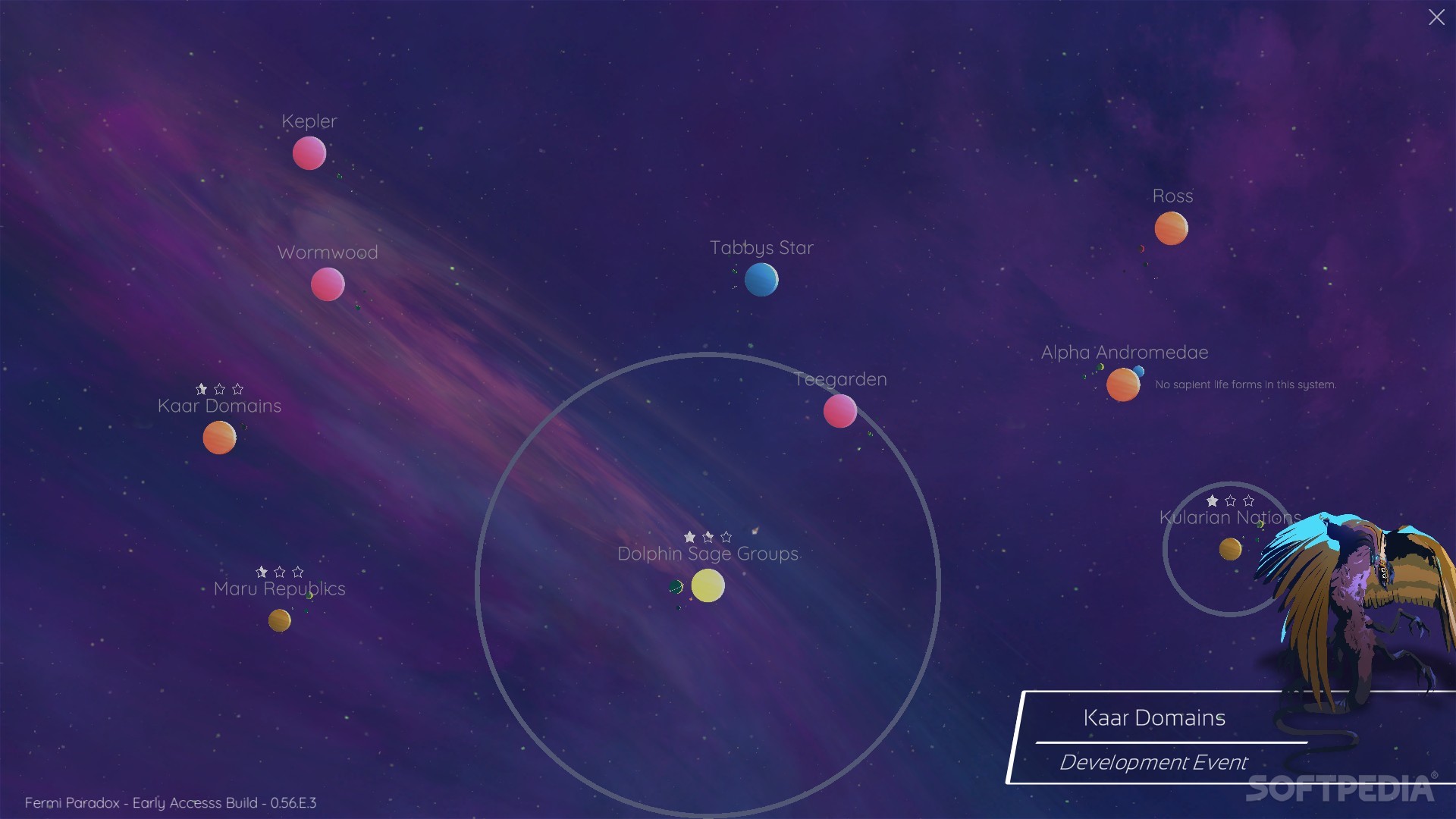



The sheer enormity of the numbers almost demands that we accept the truth of this hypothesis. N2 - Given the fact that there are perhaps 400 billion stars in our Galaxy alone, and perhaps 400 billion galaxies in the Universe, it stands to reason that somewhere out there, in the 14-billion-year-old cosmos, there is or once was a civilization at least as advanced as our own. N1 - Finnish translation published in 2017 by Ursa, Helsinki.

Where is everybody? Seventy-five solutions to the Fermi paradox and the problem of extraterrestrial life If life forms readily on Earth-like planets-as suggested by the rapid appearance of life on Earth-this analysis gives us an age distribution for life on such planets and a rare clue about how we compare to other life which may inhabit the Universe.T1 - If the universe is teeming with aliens. The analysis done here indicates that three-quarters of the Earth-like planets in the Universe are older than the Earth and that their average age is 1.8☐.9 billion years older than the Earth. I combine this probability with current estimates of the star formation rate and of the gradual buildup of metals in the Universe to obtain an estimate of the age distribution of Earth-like planets in the Universe. Here I quantify these effects and obtain the probability, as a function of metallicity, for a stellar system to harbor an Earth-like planet. Thus, there may be a Goldilocks selection effect: with too little metallicity, Earths are unable to form for lack of material with too much metallicity, giant planets destroy Earths. The presence of these close-orbiting giants is incompatible with the existence of Earth-like planets. Recent observations indicate that the presence of giant extrasolar planets at small distances from their host stars is strongly correlated with high metallicity of the host stars. They result from fusion inside stars and have been gradually building up over the lifetime of the Universe. These heavy elements, or “metals”, were not produced in the Big Bang. Planets such as the Earth cannot form unless elements heavier than helium are available.


 0 kommentar(er)
0 kommentar(er)
